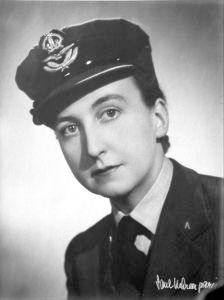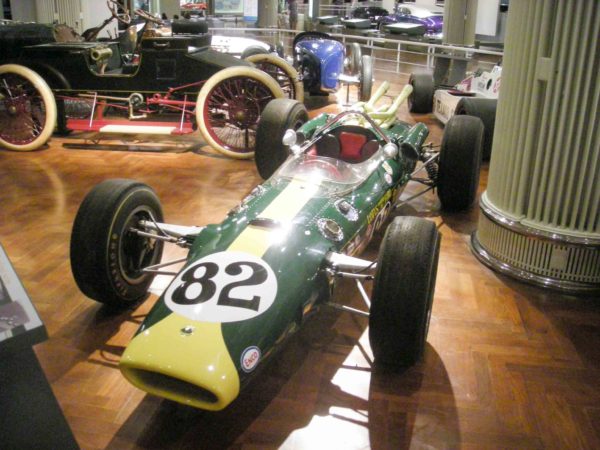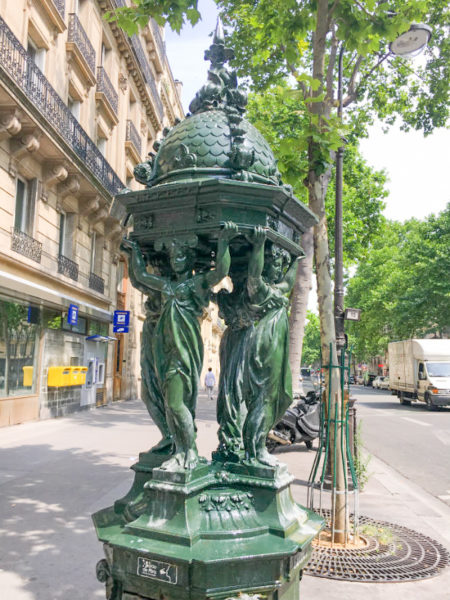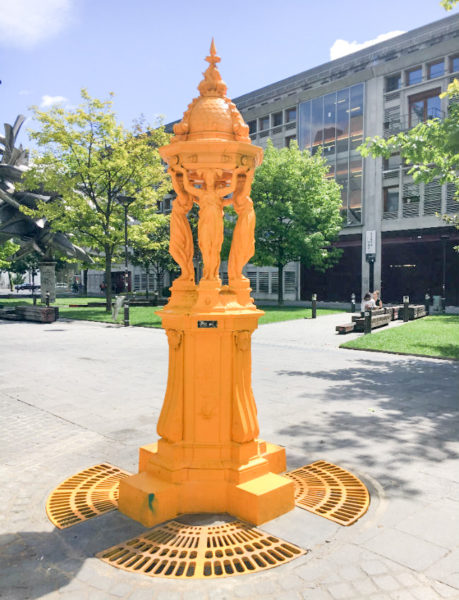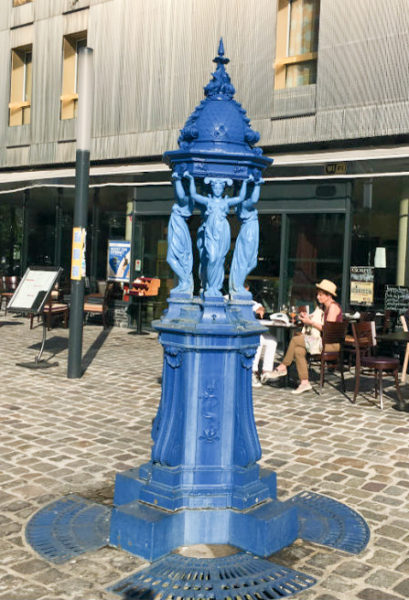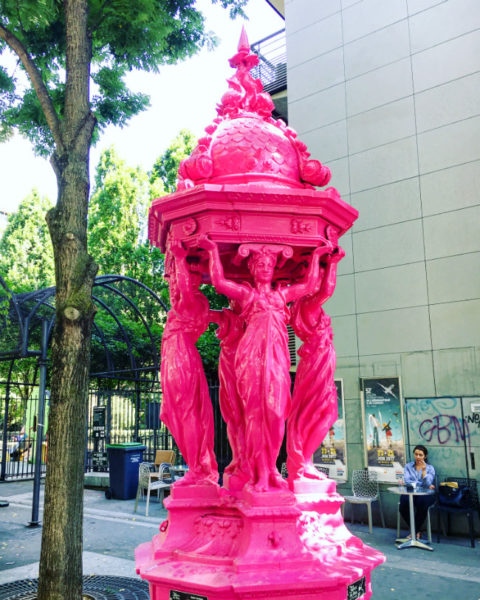Soon after the Normandy invasion on 6 June 1944, the Allies became concerned the Nazis had created an elite Schutzstaffel (SS) underground organization to continue fighting after the Germans were defeated. This secret organization was named “Werwolf.”
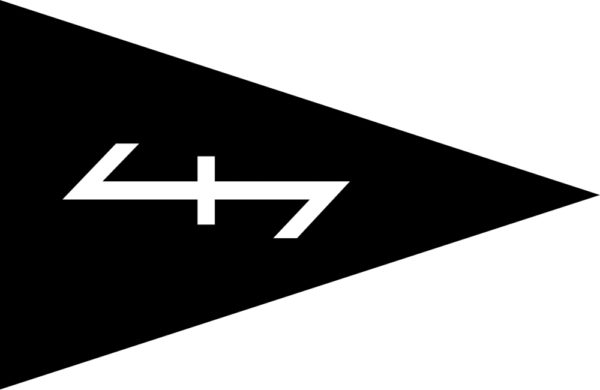
No one knows how and why Werwolf was used as the name for Reichsführer-SS Heinrich Himmler’s guerilla resistance force. However, there are perhaps some dots we can connect.
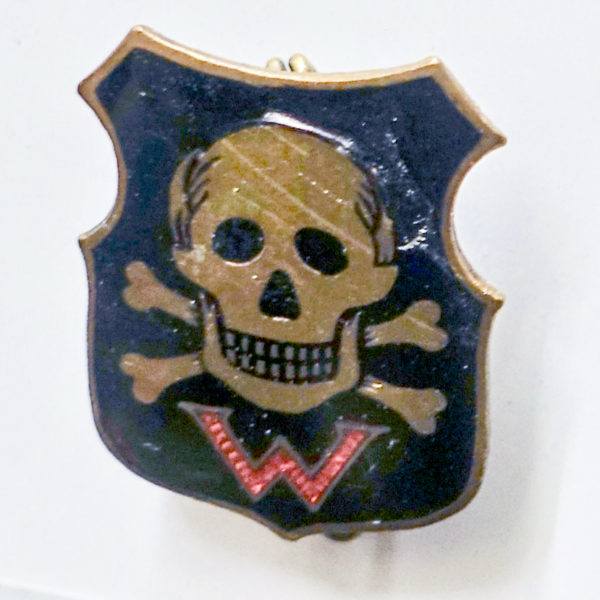
Hitler named his Ukraine field headquarters, Werwolf and on occasion, Hitler would refer to himself as “Wolf.” His Eastern Front military headquarters was known as Wolfsschanze or, Wolf’s Lair. A novel written in 1910 by Hermann Löns was Der Wehrwolf. It was a story of revenge whereby a group of men called Wehrwölfe became mercenaries and eventually began to enjoy killing people. The book became popular with the German right-wing so naturally, the Nazis embraced it.
Did You Know?
Did you know that the Place de la Concorde in Paris was once a giant sundial? Most of us are aware of the three-thousand-year-old Luxor Obelisk that stands in the center of this giant roundabout. It was given to France in 1833 by the ruler of the Ottoman Empire, Muhammad Ali. All the Pasha wanted in return was a big mechanical clock for the Citadel in Cairo ⏤ it’s there but reportedly, doesn’t work. While you walk around the Place de la Concorde, look down at the pavement and you might see Roman numerals. The founder of the Société de France, Camille Flammarion, decided to create the largest sundial in the world and in 1913, plans were drawn up to use the Obelisk as a gnomon (the pin of a sundial). Unfortunately, it wasn’t until 1999 when the plans were finally approved by the mayor of Paris and the sundial was created. Time was not kind to the Paris sundial and by 2001, most of the pavement imprints had faded or worn away. However, there still are some numerals left and if you look closely at certain times of the day, the Obelisk can tell you the time. I think I’ll rely on my trusty Seiko watch. If you’d like to explore more about the history of the Obelisk, please be sure to read our next blog (7 December 2019), Cleopatra in Paris and Full Frontal Baboons (click here to read). We’ll also talk a little bit about our recent trip to Egypt where we saw the Paris Obelisk’s twin.
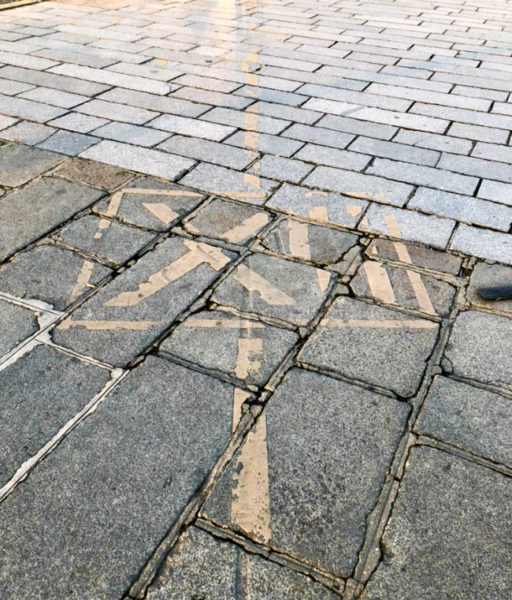
Unternehmen Werwolf
Heinrich Himmler, head of the Gestapo and the SS, decided to form the Unternehmen Werwolf or, Operation Werwolf in late 1944. The purpose of this secret volunteer force was to operate behind enemy lines. Himmler envisioned them to be similar to the Allied Special Forces known as “Commandos.” SS Obergruppenführer Hans-Adolf Prützmann (1901-1945) was assigned the responsibility of organizing and training Operation Werwolf volunteers. Prützmann was a veteran of fighting Soviet guerilla soldiers and partisans in the Ukraine and he intended to use their guerilla tactics in training his Werwolf men and women. Prior to the Werwolf campaign, Prützmann, a fanatic Nazi, led the mobile extermination group, Einsatzgruppe A, which murdered thousands of Latvian Jews and Ukrainian civilians. Watch the movie clip SS Werwolves – The True Story here. Read More “Nazi Werwolves”

